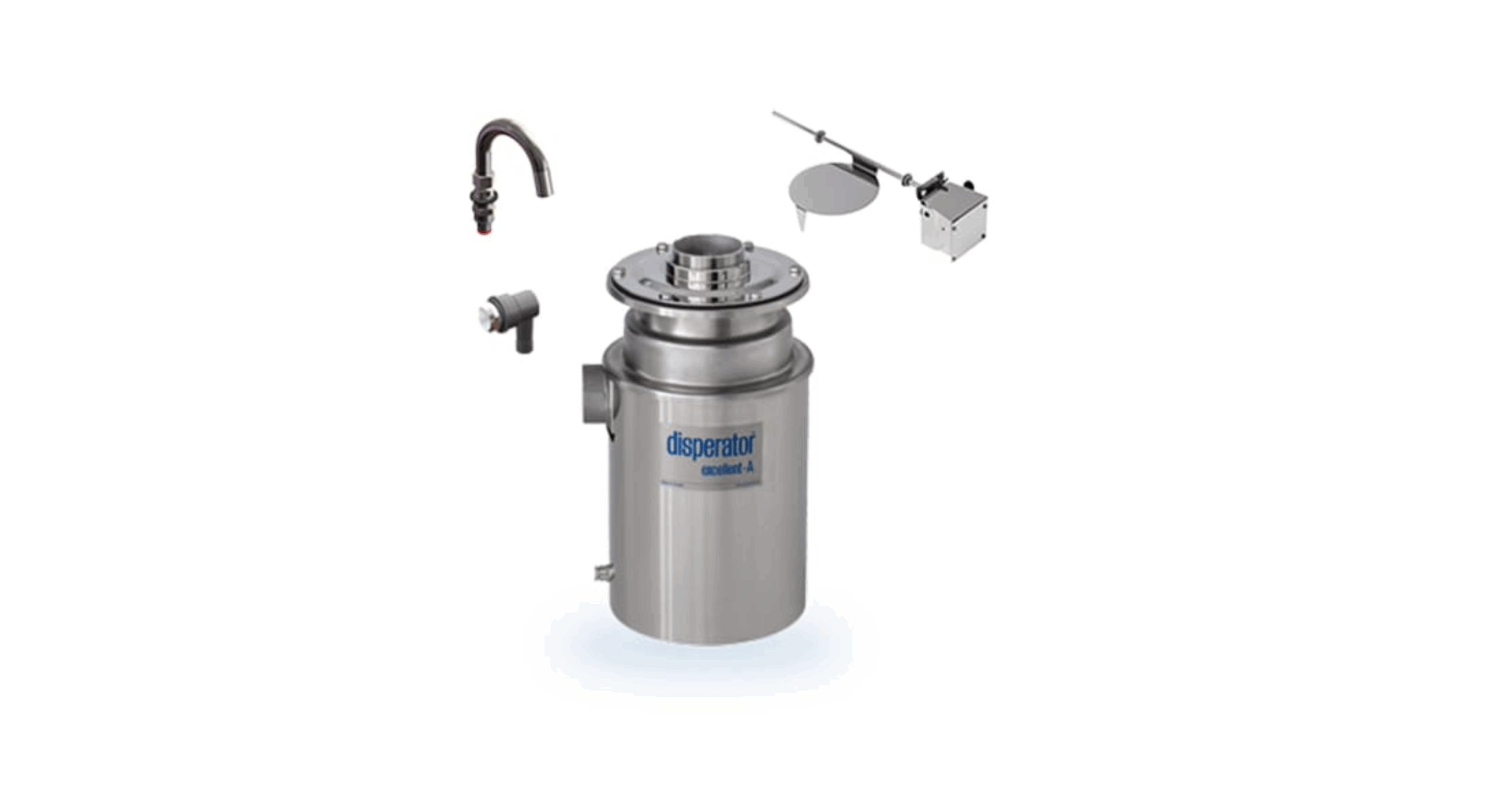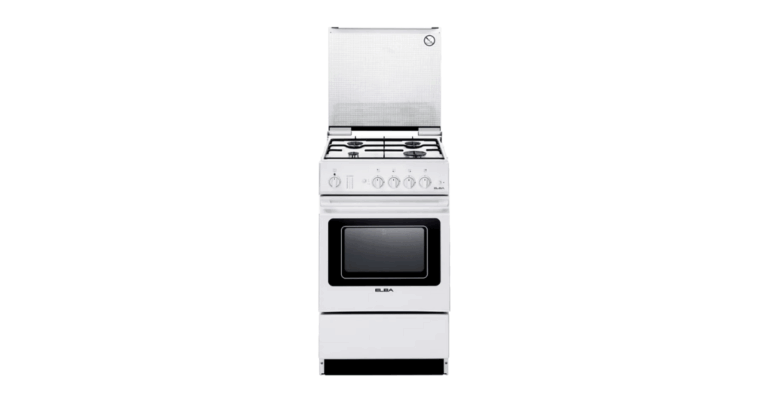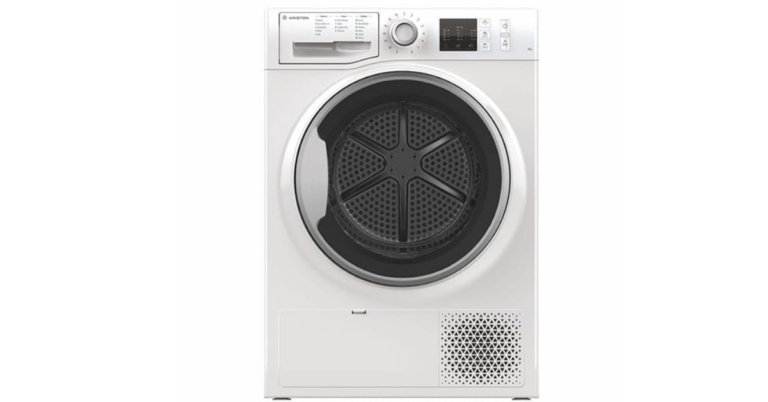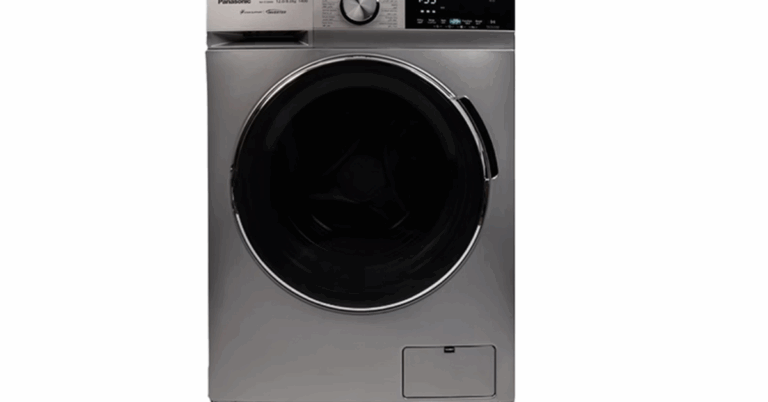Cruise Ship Waste Disposer 220–240V: Navigating Efficiency and Sustainability at Sea
Cruise ships are floating cities, with thousands of passengers and crew generating mountains of food waste daily. To manage this in a clean, efficient, and regulation-compliant way, many vessels rely on specialized Cruise Ship Waste Disposers 220–240V installed in their galley and service kitchens. These marine-grade disposers are engineered for the demands of life at sea: they must grind food waste finely, resist corrosion, integrate with shipboard wastewater systems, and abide by international maritime regulations. In this article, we’ll explore the technical, operational, and regulatory dimensions of using 220–240 V waste disposers on cruise ships, discuss design and maintenance best practices, and highlight trends shaping future solutions.
The Role of Waste Disposers on Cruise Ships
Cruise ship galleys produce a continuous stream of food scraps, peelings, bones, and organic residues from preparation, service, and dishwashing activities. Left untreated, this waste can create hygiene issues, foul odors, and excessive waste handling burdens. A waste disposer unit installed beneath sinks or in dedicated waste processing rooms allows for on-the-spot grinding of food waste to manageable particle sizes, before the liquid mixture is passed into downstream systems (filters, separators, discharge lines) or waste tanks.
In the context of cruise ships, disposers must frequently comply with MARPOL Annex V, which governs garbage disposal at sea. According to regulations, only ground food waste that can pass through a screen of no more than 25 mm may be discharged under specific conditions (often when the ship is beyond a certain distance from shore). To satisfy these rules, the grind quality, throughput capacity, and screening systems must be carefully engineered.
Disposer systems are sometimes part of closed, semi-open, or open food waste systems. A closed system connects the disposer to a sealed tank, while an open or semi-open system routes the waste into onboard sewage or separation systems. The choice depends on ship class, route, environmental regulations, and infrastructure.
Why 220–240 V?
Most modern cruise ships use alternating current (AC) systems in the 220–240 V range (often 50 Hz or 60 Hz depending on the ship’s electrical architecture). Using a disposer rated 220–240 V ensures compatibility with the vessel’s power distribution network, avoids the need for step-up/down converters, and reduces energy waste or conversion losses. Some disposers are built with tolerance for ±10 % voltage swings, safeguarding performance under variable loads.
Manufacturers such as Disperator offer models specifically built for 1-phase 220–240 V installations (not just 3-phase units). This flexibility allows the galley or modular kitchen sections to run independently or in retrofit situations where 3-phase wiring isn’t available.
It is critical that the control voltage and motor voltage match in marine installations, so in many designs the control circuitry is also at 220–240 V. The motor protection devices (overload, fuses) must be rated accordingly and installed in bulkheads or accessible panels.
Key Technical Specifications and Design Criteria
Grinding Capacity and Particle Size
For cruise ship operations, throughput capacity is a vital metric the disposer must handle the peak food waste load from kitchens, buffets, and service lines. Models such as Disperator’s 500 series cover capacities from 300 to 1,000 kg/h depending on model size. The grinding mechanism must reduce particles to sizes acceptable for discharge ideally under 3 mm or meeting the 25 mm screening limit of regulations. Materials, Corrosion Resistance, and Sealing
Marine environments impose harsh conditions—salt spray, humidity, temperature cycling, and vibration. Disposer housings, internal grinding components, and fasteners should typically be stainless steel, such as AISI 304 or 316, or similarly corrosion-resistant alloys. The sealing between the grinding chamber and motor is critical to prevent ingress of corrosive fluids; many designs use labyrinth seals or specialized sealing gaskets. Also, electrical components are frequently rated IP55 or higher for protection.
Noise, Vibration, and Mounting
Noise control is especially important in crew or passenger accessible areas. Top-tier marine disposers aim for noise levels under 50 dB. Teko Vibration isolation and stable mounting (e.g., 3-point mounting systems) help reduce structural transmission and wear. Teko In many installations, flexible mounting legs or vibration-damping pads are used.
Electrical Protection and Control
Because loads may fluctuate, disposers incorporate overload protection, torque-limiting features, and jam release mechanisms. Control modules or contactors must be built to marine standards and placed in accessible but protected bulkhead enclosures. Many systems also include automatic flush nozzles, solenoid valves, and strainer inlets.
Integration with Ship Systems
A disposer cannot operate in isolation; it must integrate with galley plumbing, waste pipelines, separators, vacuum lines, or storage tanks. Depending on the ship’s waste handling architecture, the disposer output may feed into a separator, macerator, or vacuum waste line. Some advanced systems use vacuum technology (e.g. MEIKO’s WasteStar systems) to pull waste from multiple stations through compact piping. The piping diameter, slope, venting, backflow protection, and screening must all comply with marine and sanitary rules.
Regulatory Compliance: MARPOL, Screening, and Discharge
Compliance with MARPOL Annex V is mandatory for cruise vessels. The regulation prohibits discharge of most garbage into the sea, but allows ground food waste under specific conditions (e.g., at least 12 nautical miles from land, and subject to screening limits). Disposer systems intended for use at sea often carry DNV-GL statements of compliance or equivalent classification society approvals to verify they meet these rules.
Screening systems (ensuring particles are small enough) and sensors may be built in to monitor discharge compliance. The documentation must include certificates, traceability, and approval data for authorities. In “special areas” under tighter rules, discharge may be further restricted.
Apart from MARPOL, disposers must also comply with electrical safety standards (IEC, classification society rules) and environmental certifications (CE, MED, etc.), depending on the ship’s flag and operating region.
Installation & Retrofitting Challenges
Space Constraints and Layout
Cruise ships have limited space in galleys and below decks. Disposer footprint, depth, height clearance, and orientation flexibility are key concerns. Some models are designed for compact installation or specific sinks or washing lines. During retrofit, existing piping, bulkhead penetrations, and structural supports may limit options.
Electrical & Power Supply Constraints
Some retrofits may lack appropriate 3-phase wiring or circuit capacity. Choosing a 1-phase 220–240 V unit can simplify installation in such cases. But the ship’s power network must handle the peak load and supply protection systems.
Integration with Existing Plumbing & Waste Systems
Matching outlet connections, valves, vacuum lines, or separators is a challenge. Piping slope, venting, and backflow protections must be maintained. In some setups, the disposer may feed a vacuum line or macerator rather than direct discharge—requiring cross-compatibility.
Commissioning, Testing & Certification
After installation, the system must be tested under load, calibrated for screening, and certified by classification society surveyors. Leak tests, electrical safety, grind accuracy, and control functionalities are inspected before use.
Operation, Maintenance & Life Cycle Considerations
Routine Operation
Daily procedures often include freshwater flushing, ensuring adequate water flow during grinding, and avoiding non-processable items (glass, metal, plastic). Many systems incorporate flush nozzles or automatic water injection. Staff training is key to preventing misuse or blockage.
Scheduled Maintenance
-
Quarterly inspection of grinders, seals, bearings, and electrical connections
-
Biannual motor and bearing service or lubrication (if serviceable)
-
Replacement of sacrificial wear parts (cutting plates, blades, seals) as needed
-
Cleaning of strainers, solenoids, valves, and piping
-
Vibration checks and alignment validation
Reliable manufacturers will supply spare parts kits and maintenance manuals for 10+ years.
Monitoring & Diagnostics
Modern disposers may embed sensors or IoT modules that monitor motor load, temperature, vibration, or blockage. Such feedback helps optimize operation, detect anomalies early, and reduce downtime.
Lifetime & Replacement Planning
A typical marine-grade disposer may be rated for 15,000+ operational hours (or more) under favorable conditions. Proper maintenance, corrosion protection, and parts replacement can extend life. At end-of-life, it must be decommissioned safely, with electrical isolation, mechanical dismantling, and disposal of materials.
Trends and Innovations in Cruise Ship Waste Disposers
-
Smart & Connected Systems
Integration of diagnostics, predictive maintenance, and monitoring dashboards is gaining traction—helping fleet operators minimize downtime. -
Hybrid Grinding Technologies
Multi-stage grinders or variable-torque systems help handle tougher waste (bones, fibrous items) more efficiently. -
Compact Vacuum Hybrid Systems
Vacuum-fed systems help reduce the number of intermediate tanks and simplify piping layouts. meiko.com -
Energy Efficiency & Low Power Modes
Designers aim to reduce power draw, especially during low load periods—critical in ships where power management is essential. -
Modular & Retrofit-Friendly Designs
Units engineered for drop-in replacement, flexible mounting, and modular spare subassemblies help ease refits throughout a ship’s lifecycle. -
Advanced Material Coatings & Surface Protection
Improved anti-corrosion coatings or self-healing surface treatments help in resisting the harsh marine environment.
Conclusion
Installing and operating a Cruise Ship Waste Disposer 220–240 V is a sophisticated challenge that bridges engineering, marine operations, environmental compliance, and naval architecture. These units serve as the frontline in managing food waste aboard ships grinding, sanitizing, and preparing it for safe disposal or storage. When properly specified, installed, and maintained, they offer operational reliability, regulatory compliance, and hygiene benefits crucial for cruise operators.
Designers and ship managers must carefully consider voltage compatibility, grinding capacities, corrosion-resistant materials, integration with existing waste systems, and compliance with MARPOL regulations. Meanwhile, ongoing maintenance, intelligent monitoring, and modernization are key to ensuring long-term performance and sustainability.







